Confessions of a bAD Feminist
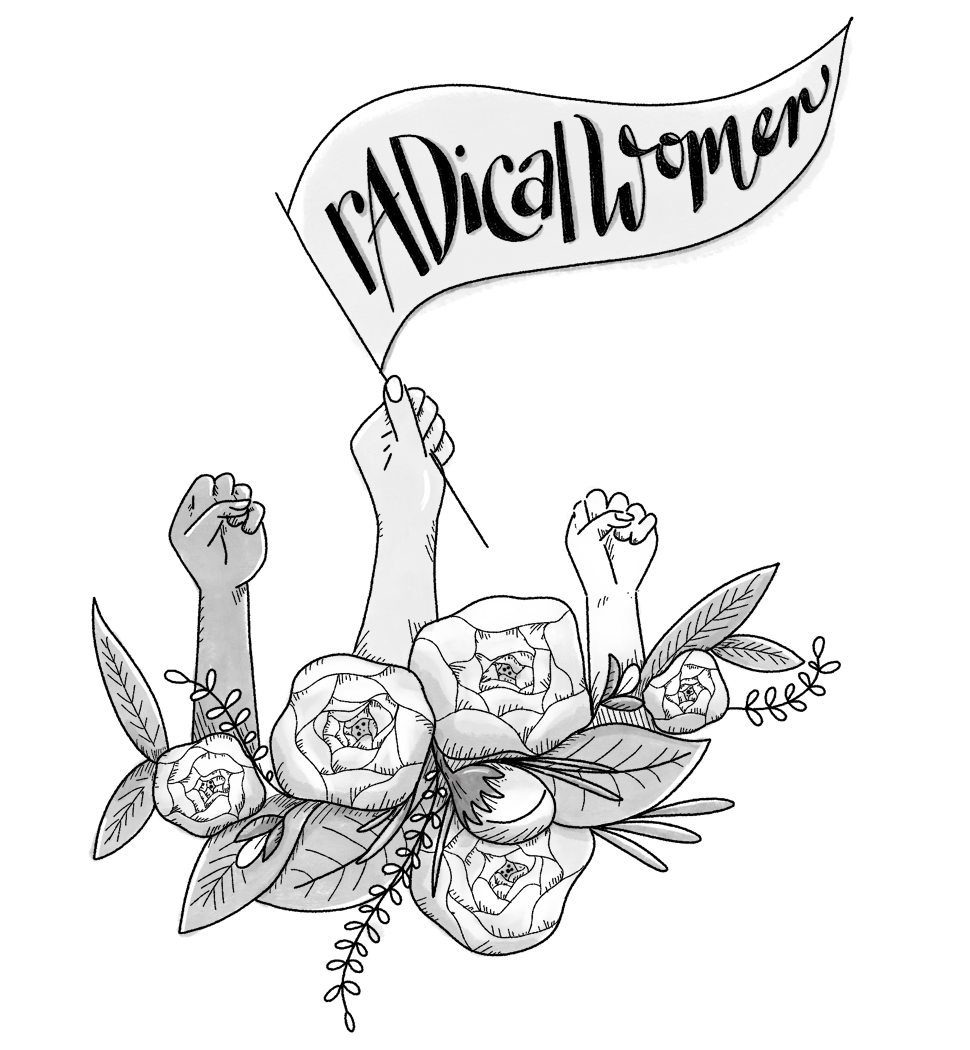
International Women’s Day 2018
I have a confession.
I’m a pretty shoddy feminist. Don’t get me wrong, I believe in inclusivity and how important progress is to our society. Challenging stereotypes, ensuring women are given due credit, and even questioning the lack of female participation—particularly when developing products or services that directly impact women—is progress toward a better, more balanced world. However, I’m not sure I’ve done much to improve gender parity, and I’ve even used male bias to my advantage instead of seizing the opportunity to change the conversation. As a female creative director and a former developer, I’m intimately familiar with the lack of female representation in our industry, but I shy away from openly discussing or even celebrating what it means to be part of such a small (but growing) club. I’ve always felt like it was someone else’s story to tell. Risk being labeled a victim by sharing my own experience navigating the patriarchy? Hell no.
I know. Like I said, I’m a shoddy feminist, and until very recently I didn’t realize how remiss I’d been in my role. Luckily, a wonderful woman on my team gave me a book and a Girl Boss nameplate for Christmas—a gift that became my wakeup call.
Wait, She Did What?
Initially intended to be a palate cleanser after a series of meaty books, I started Jane Maas’s Mad Women for a change of pace. While unfamiliar with her work, I expected the female perspective on Madison Avenue’s advertising antics would at least be entertaining. What I hadn’t anticipated was that late one night, after a glass (or two) of wine and a pile of dirty dishes, I’d come to realize how little I knew about one of the most extraordinary and influential individuals in advertising history: Mary Wells Lawrence. Sure, I knew of her and I’ve seen the agency Wells Rich Greene mentioned in Ad Age articles over the years, but after reading page after page of anecdotes and stories about Mary’s accomplishments, sacrifices, and the genius in her leadership style—I was embarrassed.
At least once a week I admire Dan Weiden and his agency’s knack for bucking industry convention, and following David Droga’s visionary career path is almost my hobby. Jeff Bezos influences the way I approach any type of customer shopping experience. Here I am, a female creative, a student of the industry who can rattle off endless facts and inspiring quotes from guys like Bill Bernbach and David Ogilvy, yet I knew nothing about this wordsmith Wonder Woman. These men are all remarkable, but how had I not noticed that my list of creative role models didn’t include even a single woman?
My initial shame evolved into an alarming professional realization: if I wasn’t investing any time learning about the talented women blazing the trails in our industry—I bet no one in my creative department was either. Sigh.
The Internet Is Good For Something
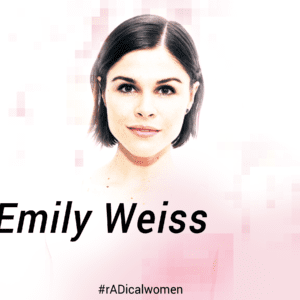
Overwhelmed with curiosity, I began wandering the depths of the internet, reading everything I could about women like Susan Kare, Kat Gordon, CarolineJones, Gail Anderson, Phyllis Kenner Robinson, Susan Hoffman, and the list goes on. Decades ago, Shirley Polykoff changed consumer behavior through her Clairol campaigns, and today Emily Weiss’s fresh vision for Glossier is disrupting beauty paradigms. Their work, their inspiration, their stories, their struggles—I became fascinated with all of it. Repeatedly, I thought, “Damn, I wish I would have known her story sooner.”
During freshman year of high school, my art teacher Mr. Glover told me I’d “make a great creative director one day.” I don’t remember the project or what exactly I was doing to provoke that kind of foreshadowing, but I recall not having the slightest idea what a creative director did, let alone why I’d be any good at it. My teenage brain quickly dismissed his observation, and now I wonder what I would have found if I’d done the research. Between Netscape Navigator and the school’s library, I doubt I would have read much about the badass women I’m discovering today.
A few years later, that same art teacher encouraged me to pursue a career in design. I don’t believe I’ve ever properly thanked him—for being a great teacher and for being an advocate of women in creative professions. The world needs more Mr. Glovers.
Really Rad Women
There’s a room at Planit wallpapered with famous ads like DDB’s Think Small campaign, and when I see the ad now—I can’t help but smile. Until recently I had no idea that when Volkswagen wanted to bring the Beetle to the U.S. they didn’t really bid the work. They sought the agency handling the Ohrbach’s account—Phyllis Robinson’s account. Without her refreshing wit and the conversational tone in her copywriting, Bill Bernbach’s team of Krone and Levenson may have never created one of the greatest ads of all time. Impressive, right?
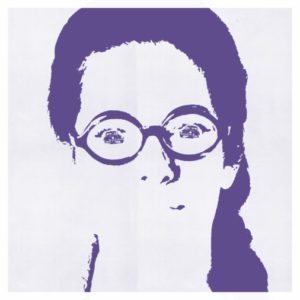 This year, International Women’s Day at Planit is about Phyllis’s story and the stories of all the other amazing women who continue to inspire creativity and break down gender barriers. From technology to design and everything in between, our team is becoming familiar with names and contributions they won’t soon forget. And we aren’t stopping at Google searches. We’re transforming our learnings into creative explorations for each of the women we’re profiling—as a way to celebrate them and to artfully plaster their accomplishments all over the internet. Call it a campaign. Call it social media content. We’re calling it #rADicalwomen.
This year, International Women’s Day at Planit is about Phyllis’s story and the stories of all the other amazing women who continue to inspire creativity and break down gender barriers. From technology to design and everything in between, our team is becoming familiar with names and contributions they won’t soon forget. And we aren’t stopping at Google searches. We’re transforming our learnings into creative explorations for each of the women we’re profiling—as a way to celebrate them and to artfully plaster their accomplishments all over the internet. Call it a campaign. Call it social media content. We’re calling it #rADicalwomen.
Expect Nothing Less
While my own personal brand of feminism is still a work in progress, I am committed to balancing the conversations in our industry. I’ll seed these #rADicalwomen into brainstorms and client dialogue with the same reverence as I have their male counterparts. Our creative perspective will broaden, and our work will be better for it.
I used to love being the underdog, and when you’re often the only woman in the room—those opportunities are plentiful. Turning doubt into deference felt incredibly gratifying, but the trouble with being the underdog is that you’re almost always working harder and juggling more to stay ahead.* Burnout is inevitable. So ladies, to all you young coders and creative spirits who are destined for advertising greatness—don’t get comfortable being the underdog. Getting acquainted with these #rADicalwomen reminded me that our seat at the table shouldn’t be right behind our male colleagues—it should be right next to them. Expect and graciously accept nothing less.
*You don’t have to take my word for it. Back in 1963, the lovely Paula Green from DDB wrote some of the most provocative and revolutionary ads in history for Avis. At the time, they were No. 2 behind Hertz, and her “We try harder. (When you’re not the biggest, you have to.)” just about sums it up.
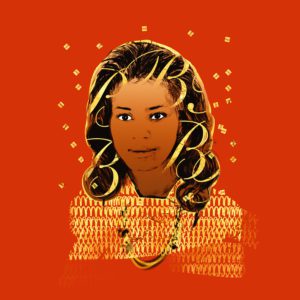 |
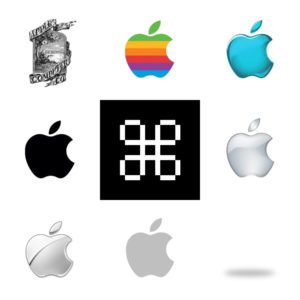 |
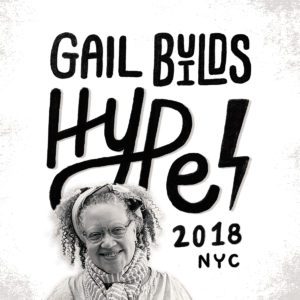 |
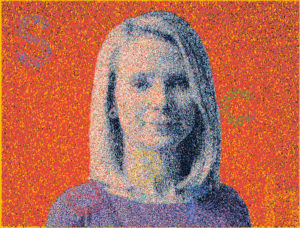 |